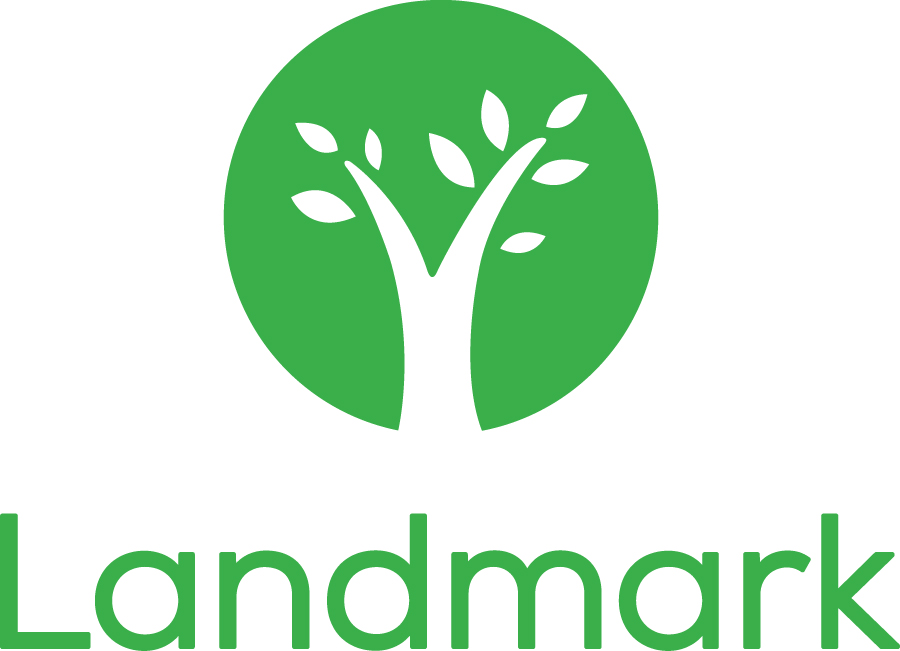
Blog post
Prioritizing Mental Health as a Universal Human Right
By: Neltada Charlemagne, DNP, APRN, PMHNP-BC, PHN, BHC
A pureed diet may be necessary for people with chewing or swallowing difficulties. When on a pureed diet, eat as many nutrient-rich and fiber-rich foods as possible.
General Tips
The goal of a pureed diet is to provide foods that can be safely swallowed and enjoyed. The foods in this diet are easy to swallow because their texture is “pudding like” after the food is whipped, blended, mashed, or pureed.2
Recommended foods
Foods to avoid on the pureed diet
Thickened liquids
If you have trouble swallowing liquids, try Simply Thick,® Thick-It,® or one of the other brands in the market made to thicken liquids. You can also purchase pre-thickened drinks from pharmacies, medical supply stores, and online. You can also partially freeze liquids to form slush which can be easier to swallow. Speak with a healthcare professional to determine if you need thickened liquids and what consistency you need.
NOTE: Hydration is an important part of a healthy intake. Make sure to drink enough water to stay hydrated within your medical providers recommendations.
How to puree food
Click here to download our teaching sheet for Managing Your Pureed Diet.
If you have any questions or concerns, contact your Landmark provider or primary care physician.
Resources
1. Texture Alterations for Vegan Diets by Chef Nancy Berkoff, RD, EdD Vegetarian Journal 2009. Issue 2
2. Dysphagia Level 1: Pureed Foods. Nutrition Care Manual. Academy of Nutrition and Dietetics.
3. Simply Thick Puree Guidelines.
The information provided herein is intended for your general knowledge only and is not a substitute for professional medical advice or treatment for specific medical conditions. You should not use this information to diagnose or treat a health problem or disease without consulting with a qualified healthcare provider. Please consult your healthcare provider with any questions or concerns you may have regarding your condition. If you have any questions or concerns, contact your Landmark provider or primary care physician.

By: Neltada Charlemagne, DNP, APRN, PMHNP-BC, PHN, BHC

Older adults can safeguard themselves from the physical, mental and emotional toll of unexpected medical costs.

Optum Care Network – Monarch has teamed up with Landmark to deliver in-home medical care to members with multiple chronic conditions.